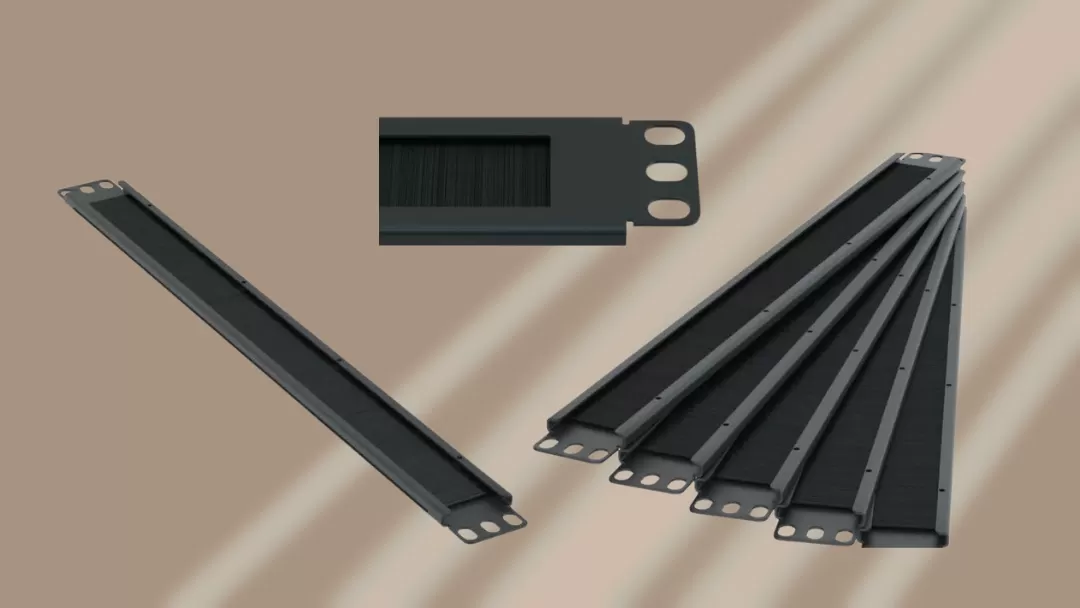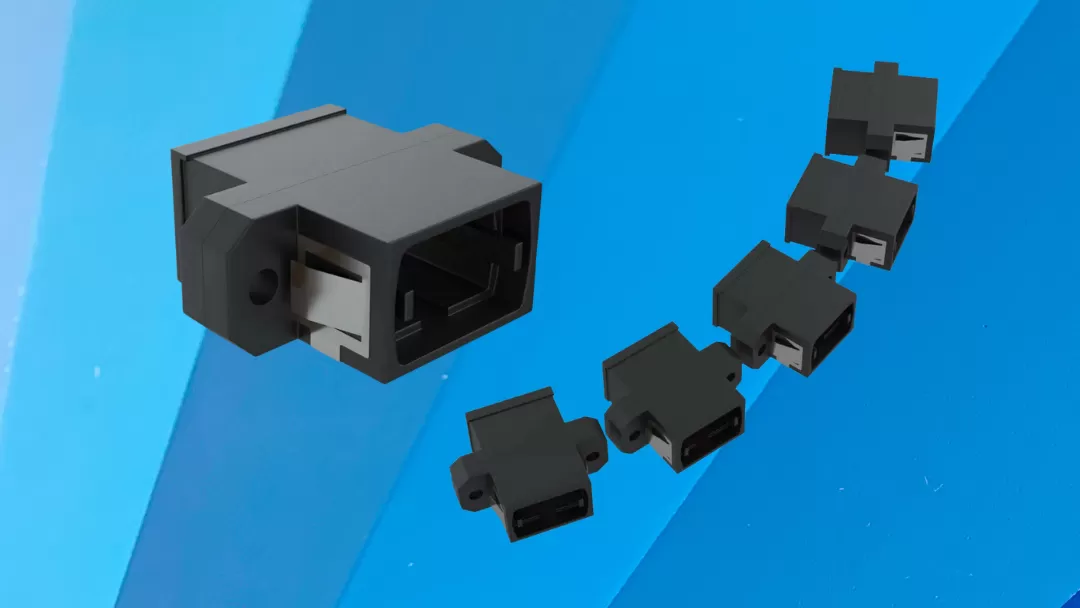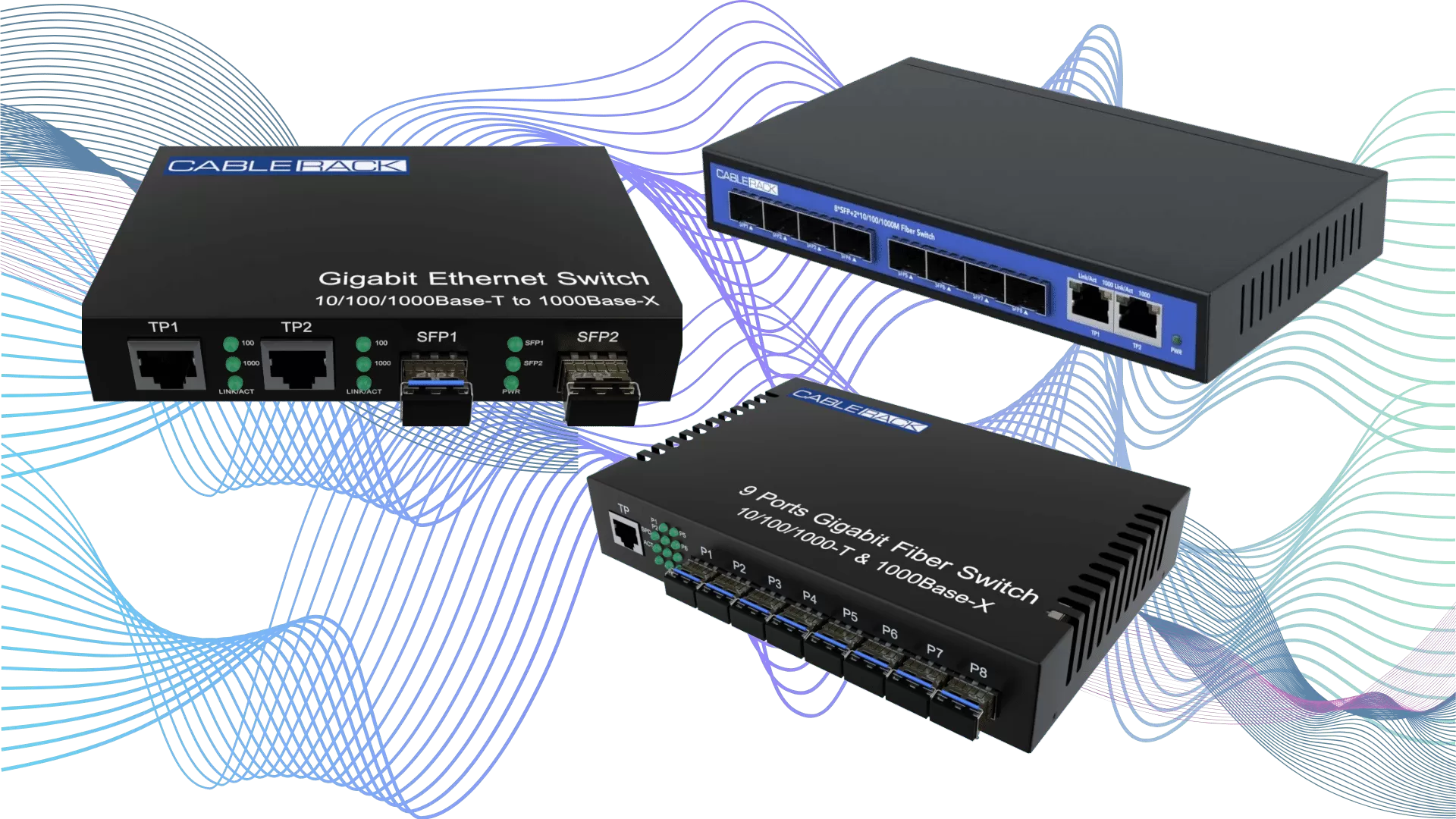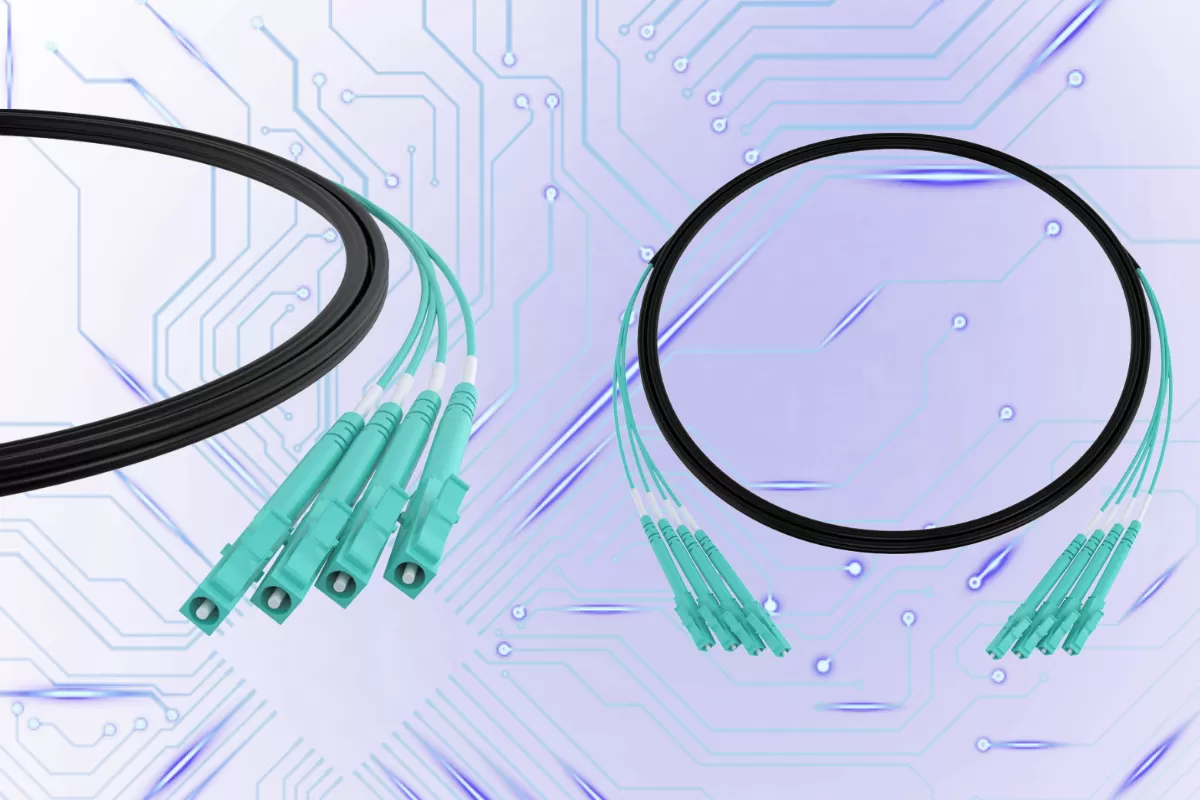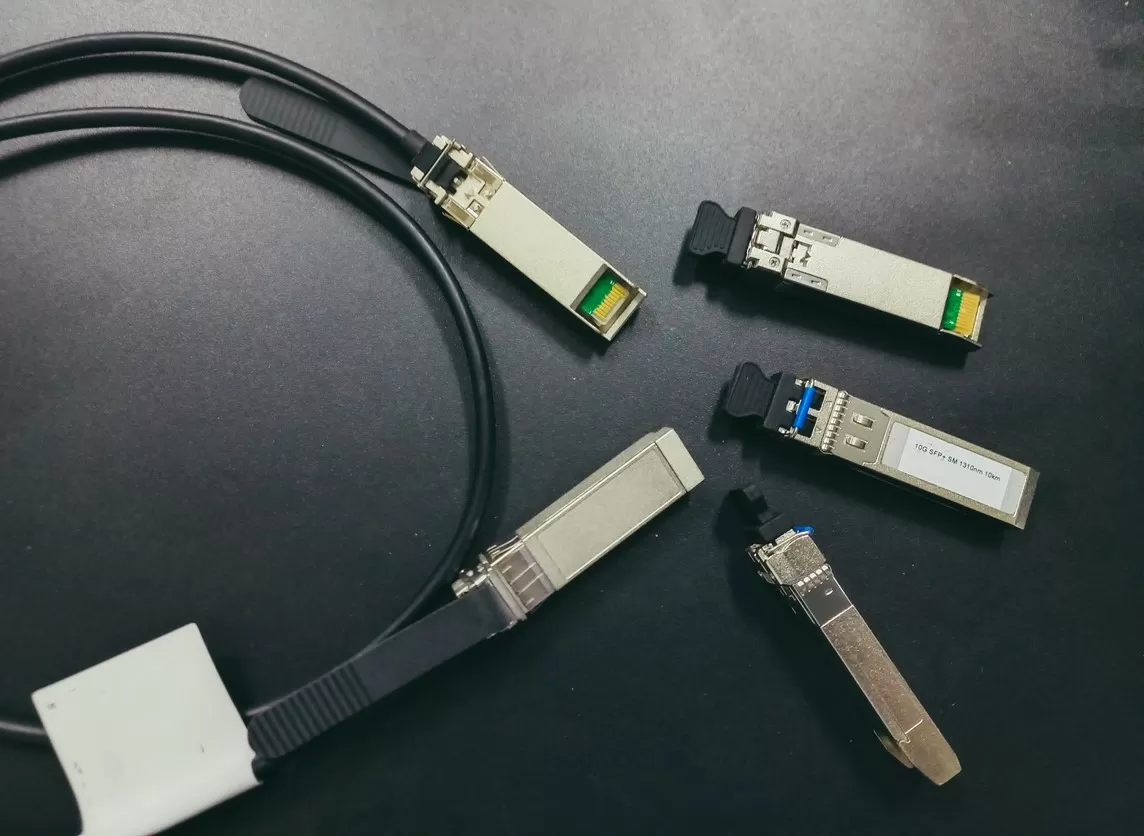
Understanding SFP and SFP+ Compatibility: A Comprehensive Guide
Establishing reliable network connections is crucial for any organization. Two key components, SFP (Small Form-factor Pluggable) and SFP+ (Small Form-factor Pluggable Plus) modules, play a vital role in facilitating these connections. While they share some similarities, their capabilities and compatibilities differ significantly.
Compatibility and Functionality
SFP modules support data rates up to 1 Gigabit per second (Gbps), making them suitable for slower network speeds. On the other hand, SFP+ modules can handle faster data rates, reaching up to 16 Gbps. Compatibility between the two depends on the switch model and specifications. Generally, SFP+ slots can accept SFP modules, but they will operate at the lower 1 Gbps speed. However, SFP+ modules do not work in SFP ports due to physical and operational constraints.
Technical Insights and Network Design Considerations
When designing a network, it's essential to understand the nuances of using these transceivers. Common questions arise about mixing and matching SFP and SFP+ in various scenarios. Factors like auto-negotiation capabilities, the distinction between copper and fiber-based transceivers, and the implementation of dual-rate SFP+ transceivers must be considered to optimize network configurations.
Evolution and Industry Standards
SFP+ represents an evolution of SFP, supporting higher data rates that modern networks demand. This compatibility, design considerations, and advancements like CWDM/DWDM solutions highlight the transceivers' roles in enhancing network efficiency and flexibility. Staying up-to-date with industry standards ensures seamless integration and future-proofing.
Key Takeaways
- Compatibility Is Key - The primary factor affecting the interchangeability of SFP and SFP+ modules is the specific design and capabilities of the network equipment used. Consulting with equipment vendors or detailed documentation ensures proper functionality.
- Technological Advancements - The evolution from SFP to SFP+ signifies a significant step in meeting the bandwidth demands of contemporary networks. Innovations like dual-rate SFP+ transceivers and support for various fiber types and wavelengths illustrate ongoing development for more versatile and powerful networking solutions.
- Strategic Network Planning - Understanding the distinctions and applications of SFP and SFP+ modules is vital for effective network design. This involves considering total bandwidth requirements, the physical medium used (copper or fiber), and future-proofing the network for growth and technological advancements.
Conclusion
Understanding the differences and compatibilities between SFP and SFP+ optics is essential for efficient and scalable network infrastructures. By comprehensively covering technical specifics, operational considerations, and strategic planning aspects, network designers and IT professionals can make informed decisions to meet their organization's networking needs.

